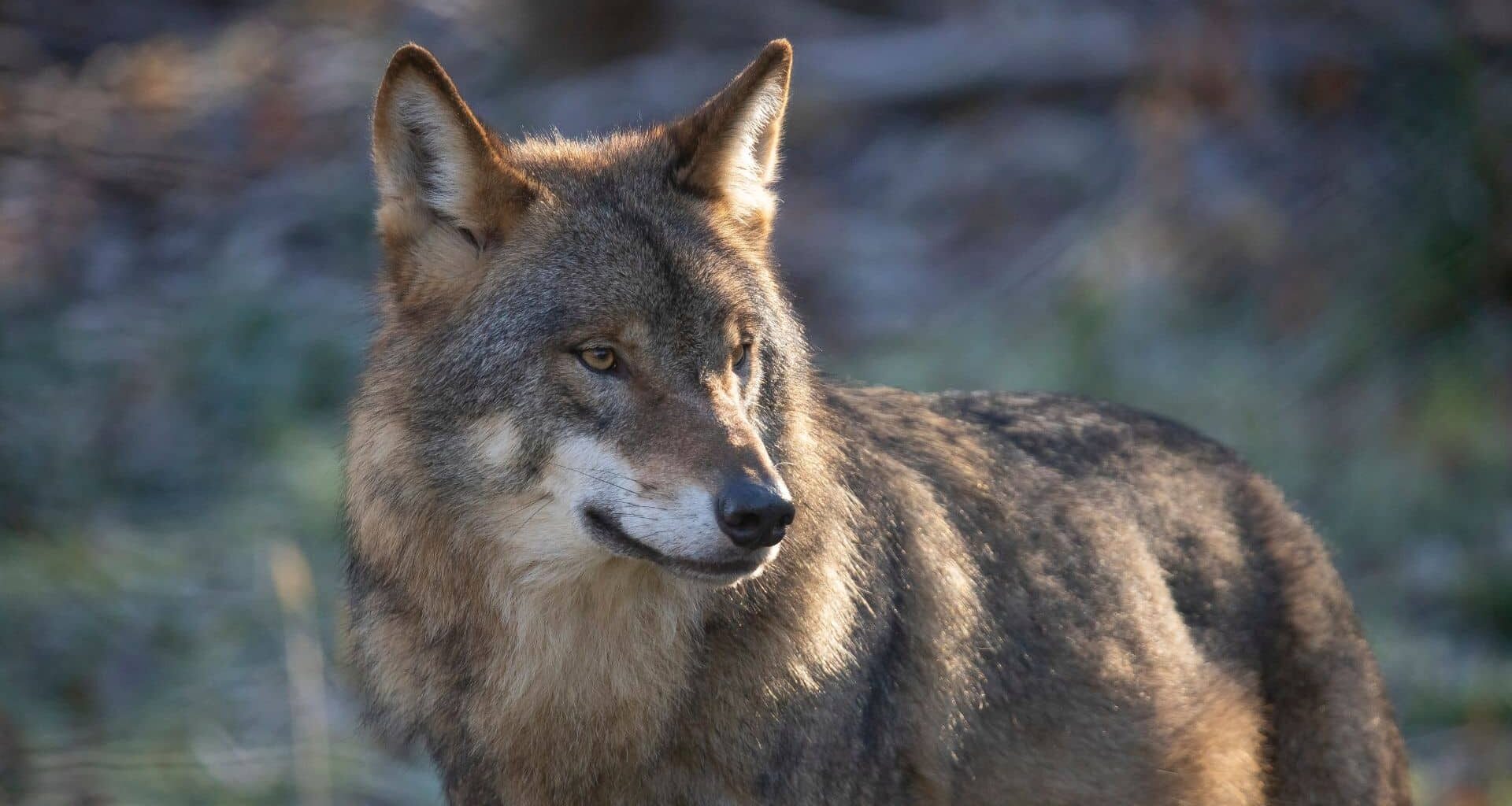Wolves have returned to Denmark after a 200-year absence, bringing with them both intrigue and controversy. Their re-emergence has led to widespread discussions across the country, involving various communities, environmentalists, and political groups. The growing wolf population has raised questions about the impact on local ecosystems, public safety, and agriculture.
To explore public opinion on this complex issue, a recent YouGov survey asked Danes whether they believed breeding wolf packs were beneficial for the country’s nature. As the debate intensifies, it’s clear that opinions on their return are deeply divided, reflecting broader societal tensions in Denmark.
Wolves in Denmark: A Modest Comeback
After disappearing from Denmark in 1813, wolves are making a gradual return. It all started in 2012 when a lone male wolf crossed the border from Germany into Denmark’s Jutland Peninsula. The number of wolves in Denmark is now estimated to be over 40, with at least seven confirmed breeding pairs producing cubs.
This small population is significant, but it’s important to note that it’s still relatively modest compared to other European countries. In 2022, there were more than 21,500 wolves across Europe, with populations growing by nearly 60% over the last decade. Countries like Germany, Poland, and Italy now have thriving wolf populations, but Denmark’s landscape—dominated by farms, towns, and highways—poses unique challenges for these predators.

Wolves play an essential ecological role as a “keystone species,” helping to control populations of deer and other prey, thus enabling the recovery of forests and grasslands. In places like Yellowstone Park in the United States, the reintroduction of wolves led to the flourishing of vegetation.
However, Denmark’s highly cultivated countryside is far from the wild expanses of Yellowstone, leaving many to question whether wolves can truly restore ecological balance here.
Public Opinion Divided: Wolves as a Political and Generational Symbol
The return of wolves is not just an environmental issue; it’s become a matter of political and generational significance. To better understand how Danes feel about the return of wolves, a recent YouGov survey asked,
“Do you agree with the statement that breeding wolf packs are beneficial for Danish nature?”
Of the 2,172 respondents, 43% disagreed, 30% agreed, and 27% were neutral or unsure. A closer look at the data reveals significant divides based on political affiliation and age. Younger Danes (18-34) were overwhelmingly supportive, with more than 50% agreeing that wolves benefit nature. However, the majority of older Danes, particularly those over 55 and nearly 60% of those over 73, expressed opposition to the wolves’ return.
Political ideologies also played a role in shaping attitudes toward wolves. Supporters of left-leaning and green parties were the most favorable, with nearly 45% in agreement that wolves are beneficial. In contrast, right-leaning voters, especially those from newer conservative parties, were far more skeptical. This stark political divide highlights the broader challenges of balancing environmental conservation with public acceptance, according to Down To Earth.
Wolves and Public Safety: Fear, Myths, and Legal Measures
Despite the ecological benefits, fears surrounding wolves are growing, especially in rural communities. A common concern is the threat to livestock. Farmers worry about wolves attacking their animals, which has led to calls for culling “problem wolves.” The Danish government has responded by allowing wolves that repeatedly venture into towns or attack livestock behind secure fences to be legally shot. In fact, the first legal licence to shoot a wolf responsible for several attacks was issued in September.

Additionally, the European Union recently downgraded the protection status of wolves, moving them from “strictly protected” to merely “protected.” This change allows member states to authorize local culling more easily, which has raised concerns among conservationists about the potential for quotas on wolf numbers.
Fear, whether based on fact or myth, is a driving force in the public’s response to wolves. For instance, earlier this year, a wolf attack on a six-year-old boy in the Netherlands added fuel to the fire of public anxiety. In Denmark, a false report of an “aggressive wolf” terrified two young boys this summer, though it was later revealed that the animal was a large cat. Such incidents, though rare, stir widespread panic and perpetuate myths about wolves being a danger to human safety.

